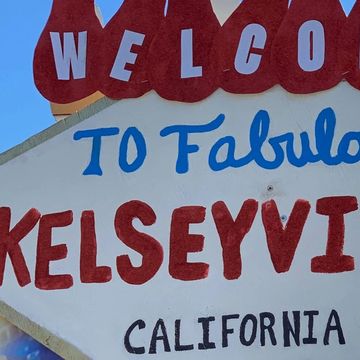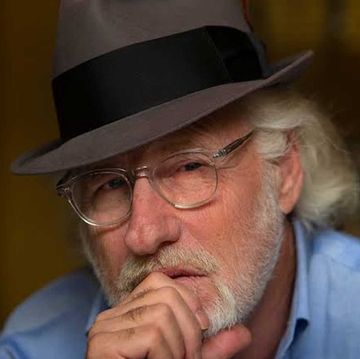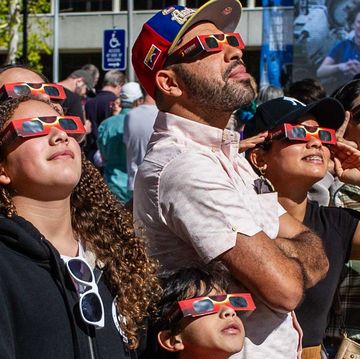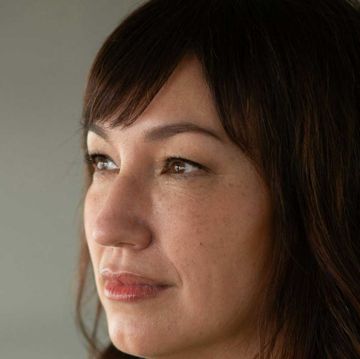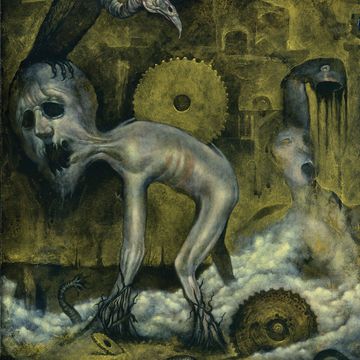The theme of this issue is Baja—the lower California—our southern neighbor that was considered the original California by the Spanish settlers. To the north lay Alta California, more remote and much less interesting.
We wanted to widen the scope of our coverage. And escape any kind of narrow vision for Alta Journal. The West is more a sensibility than a geography. We believe there are experiences common to people who live here—west of the Mississippi, west of the Rockies—but we don’t think this sensibility is unique to the United States. We think the West includes parts of Canada and Mexico.
The three countries’ borders indicate national identity, but they are only lines in the sand, drawn by politicians. The regular flow of individuals, families, and experiences creates a shared point of view that has different boundaries. Huge swaths of the Great Plains and most of Texas seem like our cultural neighbors.
When Alta was founded in 2017, we were not thinking about a regional publication—that wasn’t the way we framed our aspiration. By the way, that’s not a put-down of regional publications. Some of my favorite periodicals were Sunset, Garden & Gun, Texas Monthly, Arizona Highways, and New West. I’m even a regular enthusiast of Sonoma magazine, which concentrates on a much smaller bioregion. (My friend the poet Gary Snyder thinks our attention should be more sharply focused: on our own watershed.)
But Alta was born with a different mission. Let me explain it this way. If I have a blind spot, it’s probably because my early career was in newspapers and cable TV. Our goal was to gather and report breaking news as quickly as possible. When the internet began to disrupt the media landscape, its instantaneous quality also drove a focus on immediacy: elections, local news, politics, crime, sports, business, all the events that were changing minute by minute.
Newspapers tended to put coverage of arts and culture in the back of the book. The staff who worked in those sections were not considered as important, or as glorious, as the people who worked the White House, elections, wars, celebrity misbehavior, and other breaking news.
My friend Michael Sragow, who was a movie critic for several newspapers, including the San Francisco Examiner, pointed out that the arts and culture scene had an enormous number of creators and participants, people who worked on, took part in, and attended movies, plays, dance performances, museum exhibitions, symphony concerts, and rock and roll shows.
I also began to realize that the business strategist Michael E. Porter was right that you needed to compete to be different. If we wanted to create a new media venture that was based on internet technology, or my newspaper experience, we would be competing with giants. We would be small, unimportant, and underfunded.
But if we concentrated on arts and culture, which inherently have a slower pace—the same way that slow food is different from fast food—then a quarterly schedule could be an advantage. We might be able to attract writers who had experience in long form, who had written books, not just blogs, and who had a genuine interest in arts and culture. We could take time to edit their articles, build visuals, check facts. A slower pace would mean we wouldn’t need a gigantic staff or hefty overhead.
We didn’t want to be anti-internet or anti-TV or pro–old media. We just wanted to create a platform where a cohort of writers and artists and a generation of readers—people oversaturated with breaking news—could have a place, a clubhouse, to tell stories, become lifelong learners, meet one another, and participate in a community experience.
Yet we might still be in direct competition with established icons like the New Yorker, the Paris Review, and the New York Review of Books. So we would still be competing with enterprises that had a giant head start.
However, it seemed to us that those august publications had an East Coast bias. Based in New York, they did a great job, but they thought of us out here as provincials, lonely stragglers in a distorted landscape, on the edge of the continent, like in a fun-house New Yorker cartoon.
Maybe what we should do, we told ourselves, is create a new publication, a media platform, that focuses on arts and culture and that makes no effort to cover breaking news. We should try to express the viewpoints of people who live, work, and create here. Our definition of arts and culture would be broad, more like us. So innovation, exploration, surfing, Silicon Valley, movies, literature, the grandeur of the outdoors, and, yes, even Baja would be part of our beat.
People used to ask me, “What is Alta all about?”
I would say, “You seem like a talented person who could move to New York and make a big success of your career as a writer, pundit, artist, essayist, photographer, or art director. Why don’t you move to New York?”
Many people would reply, “I don’t want to move to New York. I like it out here.”
Then I would say, “Well, that’s what Alta is about. It’s about all the reasons you don’t want to move to the East Coast. For some reason, you want to stay out here.”
That’s what Alta is about.•
Will Hearst is the editor and publisher of Alta Journal, which he founded in 2017. He is the board chair of Hearst, one of the nation’s largest diversified media and information companies. Hearst is a grandson of company founder William Randolph Hearst.



